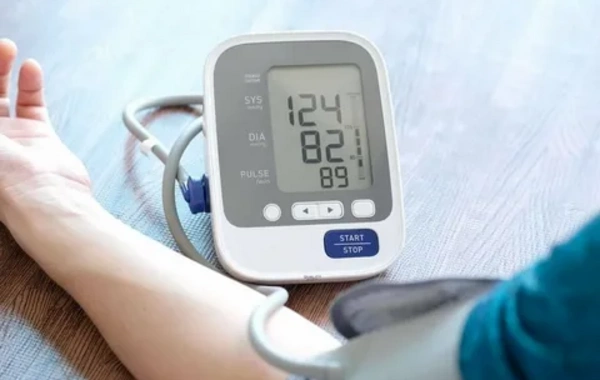Restoration of nerve cells is already possible: Breakthrough in brain regeneration

Scientists from the Massachusetts Institute of Technology (MIT) have made a revolutionary breakthrough: they have learned to transform ordinary skin cells into functional neurons that can repair damaged nervous systems.
Using just three transcription factors and two genes, researchers were able to reprogram mouse skin cells into motor neurons with incredible efficiency: one skin cell produces more than ten neurons. These new neurons don't just exist - they work: in the mouse brain, they transmit signals, form connections, and behave like real neurons. Scientists have already begun adapting the method for human cells to treat people in the future.
Hope for millions
This approach could be a salvation for patients with neurodegenerative diseases and injuries. Neurons created from the patient's own skin reduce the risk of rejection, and the method bypasses the stem cell stage, making it safer. "We are approaching the moment when we can repair damaged neural circuits," says Professor Jane Galloway, the research leader.
How it works
The direct reprogramming method simplifies the process, reducing the number of necessary genetic factors from eight to three. This makes the technology more accessible and less risky. Testing on mice showed that neurons integrate into the brain, demonstrating electrical activity and the ability to communicate.
What else needs to be done
For use in humans, scientists need to increase the efficiency of the method - currently for human cells it is 10-30%, unlike almost 1000% in mice. It is also necessary to ensure that neurons are safe and maintain their functions in the long term. Clinical trials are still ahead, but researchers are optimistic.
Background
Previously, scientists from the University of Washington (2017) and Lund University had already tried to turn skin cells into neurons, but their methods were less efficient and more complex. For example, Swedish researchers created dopamine-producing neurons to treat Parkinson's, while Americans used microRNA to obtain motor neurons. MIT's work stands out for its simplicity and scale.
The future of medicine
The research has attracted the attention of biotechnology companies that see potential in it for developing new therapies. MIT is collaborating with the Salk Institute and Stanford to accelerate the transition to clinical application. Details of the research are available in Cell Systems (March 2025), and previous works have been published in Cell Stem Cell and Proceedings of the National Academy of Sciences.
Similar News
Named non-obvious cause of insomnia
A somnologist from the University College London Hospital, Sarah McNeilis, stated that sleep disorders might be directly linked to the composition of the gut mi...




 Azərbaycanca
Azərbaycanca  По-русски
По-русски  English
English 





